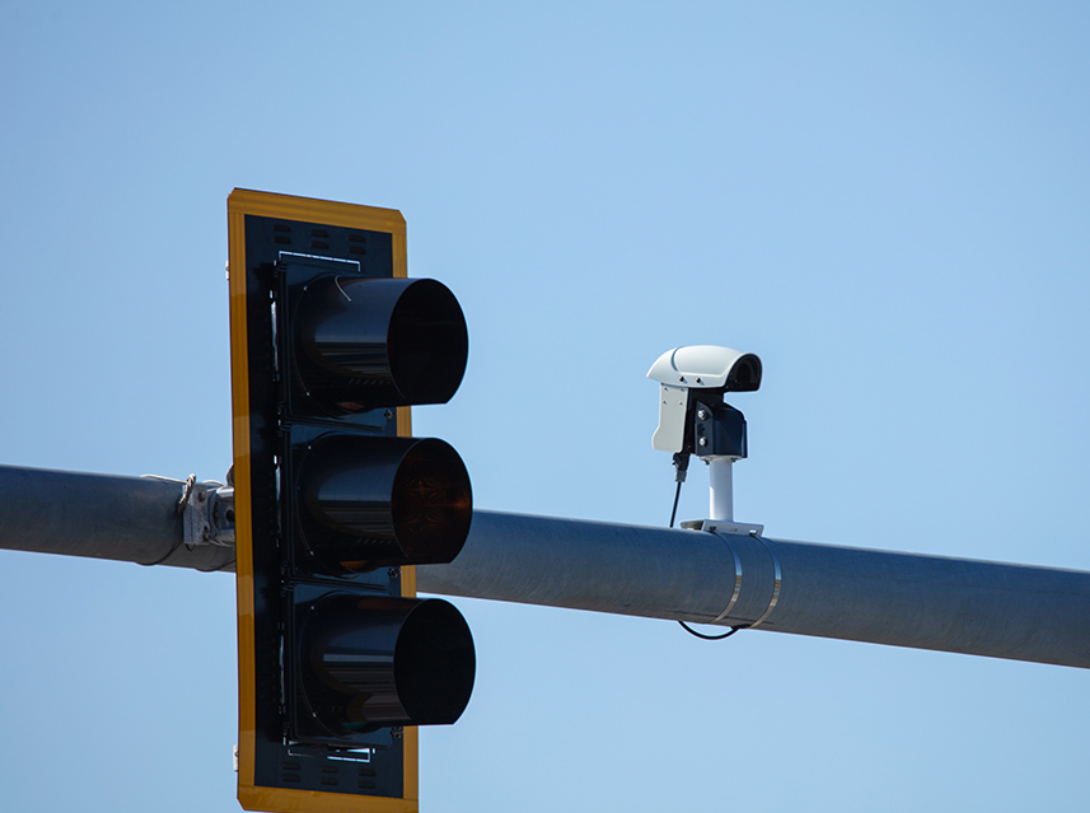Minneapolis minimum wage for both large and small businesses became the same again as pay increased to $15.97 on Jan. 1, 2025.
For the first time in years, both large and small businesses have the same minimum wage. Businesses with more than 100 employees qualify as large, and less than 100 are considered small, according to the Minneapolis Labor Standards Enforcement Division.
At the beginning of 2023, large businesses had a minimum wage increase from $15.19 to $15.57. Small businesses had an increase from $14.50 in July 2023 to $15.57 in July 2024.
The minimum wage has increased yearly since 2018 as part of a state law meant to increase pay with the rising cost of living, Brian Walsh, the Minneapolis director of Labor Standards Enforcement, said. Minneapolis’ minimum wage is also tied to that state statute, so both increase by the same percentage each year.
Hared Mah, a research scientist at the Minnesota Department of Labor and Industry, said the minimum wage inflation adjustment is based on price changes calculated by the U.S. Department of Commerce, Bureau of Economic Analysis.
Minneapolis’ minimum wage is more than $5.40 higher than the state minimum wage because the cost of living in a major metropolitan area like Minneapolis is higher.

Before the small and large business minimum wages became the same this year, small business owners were given more time to “ramp up” to the higher wages, Walsh said.
“Small businesses don’t necessarily have an HR department, a payroll department, a general council and a smaller operation might not necessarily have the same profit margin,” Walsh said. “So to adapt and absorb and figure out how a small business is going to implement a higher minimum wage might take more time.”
Just because the city gave small business owners more time to adapt to the minimum wage does not mean they did not have to adjust. Test Kitchen owner Kent Kramp said he paid the large business minimum wage to employees because every place around him is a chain, like Chipotle or Chick-fil-A.
“In our neighborhood, we could never really offer a lower minimum wage because it’d be really hard to retain employees,” Kramp said.
Kramp said dealing with the high minimum wage was difficult at first but had a way to control it through adjusting restaurant prices.
“A higher minimum wage is an investment in workers and ultimately an investment in business growth,” Walsh said. “Labor is not just the cost of doing business. Labor is people and the success, long-term success of any business is in large part determined by the success of its workers and the goods and services they help provide.”














